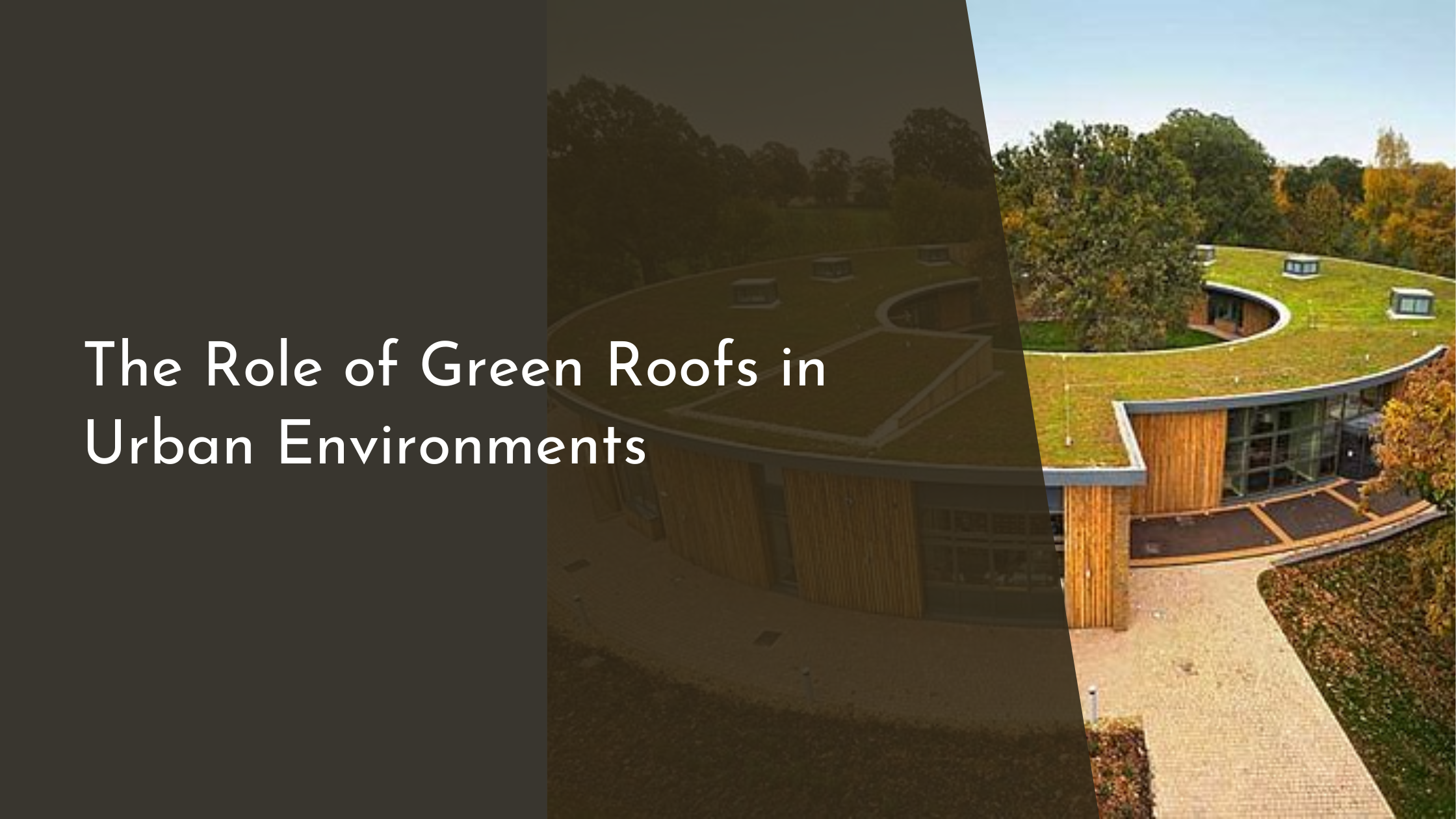The Role of Green Roofs in Urban Environments
In the heart of bustling urban environments, where concrete and steel dominate the skyline, a quiet revolution is taking place. Green roofs are sprouting atop buildings, offering a fresh breath of life and a myriad of benefits. These innovative solutions are not just aesthetically pleasing; they’re pivotal in addressing some of the urban challenges we face today. Let’s delve into the role of green roofs in transforming our cities into sustainable havens.
Understanding Green Roofs: An Introduction
Green roofs, also known as living roofs, are essentially rooftops covered with vegetation and a growing medium, planted over a waterproofing membrane. They can be found on residential, commercial, and industrial buildings alike, designed to carry the load of soil and plants. The concept is not entirely new; ancient civilizations like the Hanging Gardens of Babylon were early adopters. However, the modern take on green roofs was developed in Germany in the 1960s and has since spread worldwide.
There are two main types of green roofs: extensive and intensive. Extensive green roofs are characterized by their shallow substrate layer and require low maintenance, making them ideal for residential buildings. Intensive green roofs have a deeper substrate, allowing for a wider variety of plants but require more maintenance and structural support. Both types provide unique ecological and economic benefits, transforming urban spaces into vibrant ecosystems.
Environmental Benefits: Greening Urban Spaces
Green roofs significantly mitigate the urban heat island effect, a common issue in cities where natural landscapes are replaced with heat-absorbing surfaces like asphalt and concrete. The vegetation on green roofs absorbs sunlight and provides shade, thereby cooling the surrounding air. This reduction in temperature can enhance urban climates, making them more comfortable for residents while also lowering the demand for air conditioning.
Moreover, green roofs play a crucial role in managing stormwater runoff. In urban areas, impermeable surfaces lead to excess water that overwhelms drainage systems, causing flooding and water pollution. Green roofs absorb rainwater, reduce runoff, and filter pollutants, thus alleviating the pressure on municipal drainage systems. They act as natural sponges, improving water quality and enhancing urban resilience against climate change impacts.
Economic Advantages: Cost-Effective Solutions
From an economic standpoint, green roofs offer substantial savings in energy costs. By providing natural insulation, they reduce the need for heating in winter and cooling in summer. This energy efficiency translates into lower utility bills for building owners. Additionally, green roofs extend the lifespan of roofing materials by shielding them from ultraviolet radiation and extreme temperatures, reducing maintenance and replacement costs over time.
Beyond direct cost savings, green roofs can also enhance property values and attract tenants or buyers looking for eco-friendly living or workspace. Their aesthetic appeal and environmental benefits make them a sought-after feature in real estate, especially in areas where sustainability is a priority. Furthermore, implementing green roofs can lead to tax incentives and grants from governments aiming to promote sustainable building practices, providing further financial motivation for their adoption.
Conclusion: Embracing a Greener Future
As urban populations continue to grow, the need for sustainable solutions like green roofs becomes increasingly crucial. By intertwining nature with urban infrastructure, green roofs offer a path toward more resilient and livable cities. They not only address environmental challenges but also provide economic benefits, making them a wise investment for the future.
Embracing green roofs is a step toward a greener future, where urban landscapes thrive with biodiversity and communities can enjoy the myriad of benefits nature offers. It’s a cheerful reminder that with innovation and commitment, cities can transform into sustainable sanctuaries that nurture both people and the planet. As more cities adopt this green technology, a brighter, more vibrant future awaits us all.

